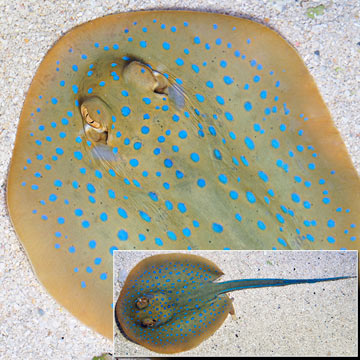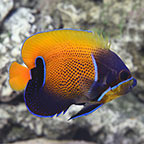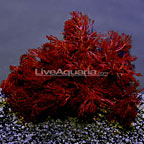
Additional locales and sizes may be available!
Additional locales and sizes may be available! Email me when availableQuick Stats
What do these Quick Stats mean? Click here for more information
What do these Quick Stats mean? Click here for more information
Overview
The Blue Dot Stingray requires sand as the substrate, as its abdomen is easily scratched by a coarser substrate, which could result in an infection. It likes to cover itself with the soft substrate as camouflage. Once acclimated, it will eat any invertebrates in the tank. The tail spine is venomous and only used for protection. Caution should be taken when netting it, or when it is not visible and maintenance is performed in the aquarium. It should never be exposed to copper-based medications.
When first introduced into the aquarium, small pieces of cleaned squid or live saltwater feeder shrimp should be used to entice this fish to eat. Then it may be fed shrimp, scallops or pieces of fresh marine fish.
Due to its lack of hardiness when introduced into an aquarium, it should only be kept by an experienced hobbyist.
The approximate purchase size of your Stingray is measured as the diameter of the fish.
Approximate Purchase Size: Small: 3" to 5"; Medium: 5" to 7"; Large: 7" to 9"
|
Please note: We guarantee that ALL aquaria species we offer will arrive alive and in good condition. However, because of the increased level of care required for this particular species, it has been designated as "Expert Only." This species is recommended only for the expert aquarist, zoo, or research institution. “Expert Only” aquatic life is exempt from our extended guarantee after their arrival. |









